‘World’s best restaurant’ Noma will be no more, so how will fine dining fare from here?

Updated , first published
This week's news that Noma, the Copenhagen restaurant run by Rene Redzepi, will shut in 2024 and reopen as something else entirely – Noma 3.0 – has prompted reflections the world over.
Though the circumstances behind its closure have implications internationally, Australians are uniquely positioned to assess Noma's culinary impact. It is possible that the most influential restaurant in Australian cooking isn't Australian.
Noma's announcement came amid mounting criticism of its business model, which has long-relied on unpaid interns to help execute its painstakingly constructed dishes.
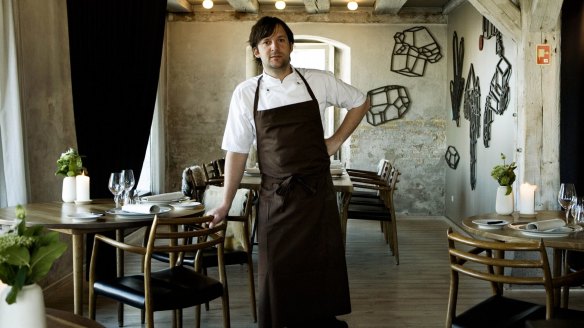
Noma started paying its interns in October, but its closure, and the increased scrutiny on what it takes to operate at fine dining's upper echelons, is another sign that a model that sees guests flying halfway around the world and paying more than $700 a head for a meal made possible by free labour, is fundamentally broken.
Ben Liebmann, who was Noma's chief operating officer for seven years, notes this model isn't unique to Noma, or even hospitality, but says that interns benefited from their experience, and the system also allowed restaurants to experiment and push creative limits in ways that otherwise wouldn't have been possible.
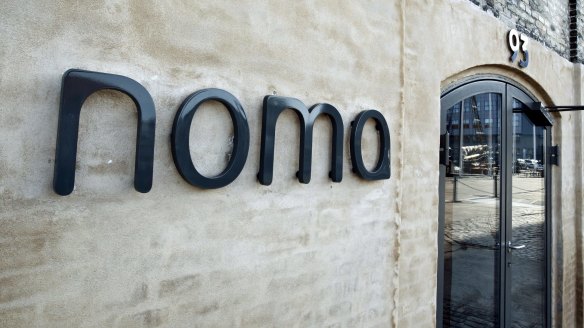
"Young, creative chefs should not stop dreaming one bit. Fine dining isn't going anywhere."Rene Redzepi
However, he says, the move does speak to wider changes. "Whether accelerated by a pandemic, scrutiny, or sustainability, the entire restaurant industry is changing.
"And irrespective of what accelerates that change, and irrespective of whether it has come to the industry later than it should, it is a positive, important, and necessary, step for the future."
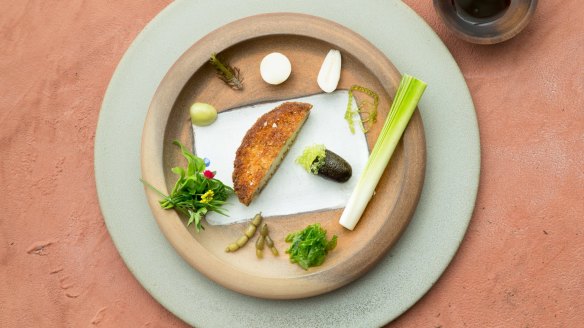
As for commentators who see this as a death-knell for fine dining, Redzepi tells Good Food there are ways forward.
"Young, creative chefs should not stop dreaming one bit. Fine dining isn't going anywhere. But if you want to stay creatively focused for decades and decades, you need to make sure that you – from the beginning – plan a viable financial model that can provide your restaurant with a strong organisational base. HR, management, R&D. Plan it from the beginning. Make sure you understand all of this."
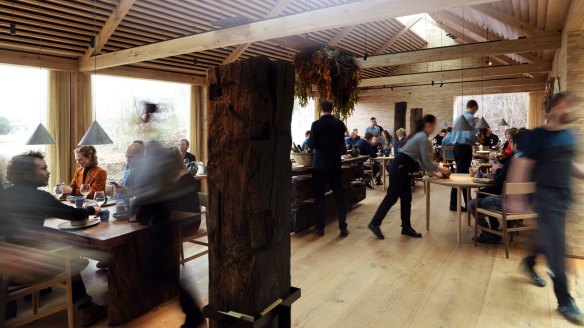
"I wish someone would have told me that 20 years ago as Noma was opening. People will always have to eat, we just need to set up the industry for success from the beginning and give chefs the same tools that other businesses thrive with."
As much as this marks a shift for the restaurant named the world's best five times over, this is far from the end, says Liebmann. "This expression of Noma, as a restaurant that serves 60-plus guests five days a week, may be coming to an end, but the very purpose of Noma as a vehicle for curiosity, creativity, and craft, is as strong and as vibrant as it has ever been. It is an evolution, and the latest in 20 years of evolution."
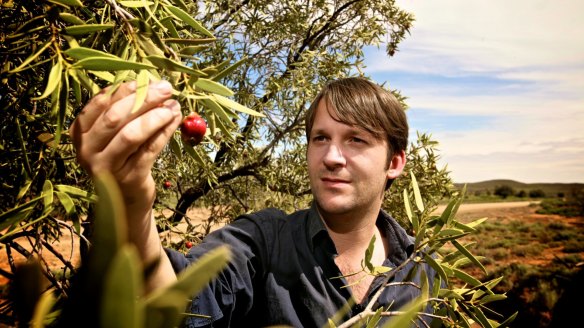
In 2016, Noma landed in Sydney for a 10-week pop-up, the second of four overseas residencies Redzepi has organised for his restaurant. The chef brought 85 staff and an open mind and palate to bear on ingredients specific to this place and sold the thing out in minutes.
Even now, flavours stick in the memory. The astringency of native berries dusted with Kakadu plum. The sweetness of snow crab given depth by egg yolk cured in fermented kangaroo.
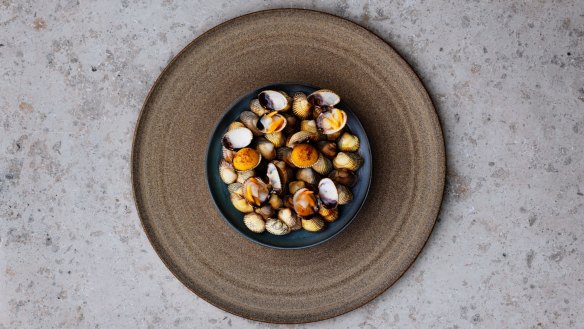
At the time, this was the most direct and delicious restaurant interpretation of our country's food, a catalyst for an ever-deeper connection and engagement with ingredients that had sustained First Nations people for tens of thousands of years but had in most cases been dismissed in fine dining.
Redzepi acknowledges the cultural exchange, too. "I think the one great lesson that we took with us from Australia, was to go back to Denmark and learn more from the indigenous populations of Scandinavia – for example, the Sami tribe in northern Norway and Sweden. To learn how they live off the land, what plants and berries they consider to be delicious."
Noma's impact here, though, stretches back. Opened in 2003 in the picturesque Christianshavn district, its philosophy came to be centred firmly around the concept of time and place, delving deeply into the Nordic landscape to craft a cuisine that spoke purely of the here and now.
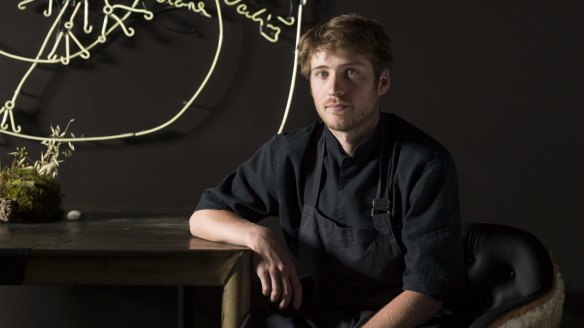
"The menu was meant to reflect the moment you're in and where you are," says Hugh Allen, executive chef of Melbourne's three-hatted Vue de Monde, who cooked at Noma between 2015 and 2018. "I'd say 90 per cent of the top restaurants in Australia are heavily influenced by, I guess, the Noma effect, which is focusing on cooking from where you're from and what grows best in your area, and working with local makers and producers."

At Noma, this meant early dishes like "blueberries surrounded by their natural environment", the kitchen harvesting edible weeds to approximate the flavour of coriander, perhaps, or using ants where others might use lemon. In an aesthetic sense, Allen says, that extended to engaging local craftspeople to make ceramics, furniture or glassware, an approach that's now near ubiquitous.
Noma had a lasting impact in helping to legitimise restaurants working with what was in front of them – venues including Attica in Melbourne or Adelaide's Orana, for example, which garnered attention for their sharp focus on native ingredients. To go with it was a more casual tone of service, and a celebration of drinks made by producers who championed hands-on methods and terroir, or taste of place.
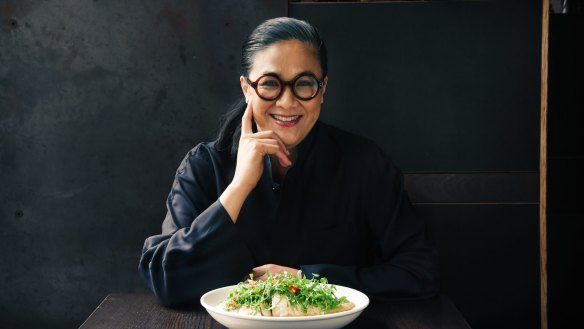
Kylie Kwong, too, cites a Redzepi speech in 2010 as the inspiration for her to plate true Australian-Chinese dishes – duck sauced with plum-like ooray, for example – at her Darlinghurst restaurant Billy Kwong.
As Noma grew, so did the recognition that its cuisine was founded in more than just wild foods. In the introduction to his fourth book, Redzepi wrote: "People have always associated our restaurant closely with wild food and foraging, but the truth is that the defining pillar of Noma is fermentation."
What struck me during a 2016 visit, wasn't just the originality of the meal, but the tour of the vast fermentation facilities that followed. "Now, you see a bunch of restaurants using garums and koji and kombuchas and vinegars they make or lacto-ferments they make – it's so commonplace. But again, Noma led that," says Allen.
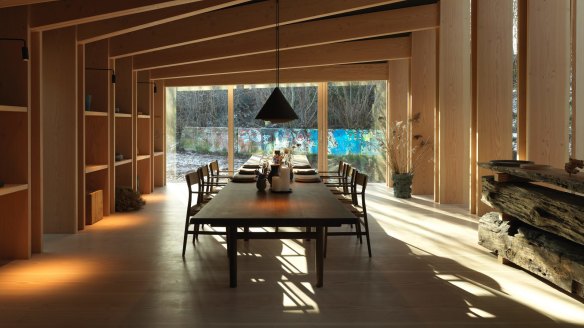
In 2018, as Noma closed and reopened as Noma 2.0 across town with extensive gardens, a research lab, and a menu revolving around three distinct themes as the seasons changed, it did so with fermentation as its backbone.
As the restaurant prepares for its final service in this iteration later next year, Noma 3.0 will return in its place as "a giant lab," according to the restaurant, "dedicated to the work of food innovation and the development of new flavours…"
It may yet run pop-ups, but for now, guests who want to eat at Noma will have to nab a booking in the short window between mid-year, when the restaurant returns from a stint in Kyoto, and 2024.
Restaurant reviews, news and the hottest openings served to your inbox.
Sign upMore: